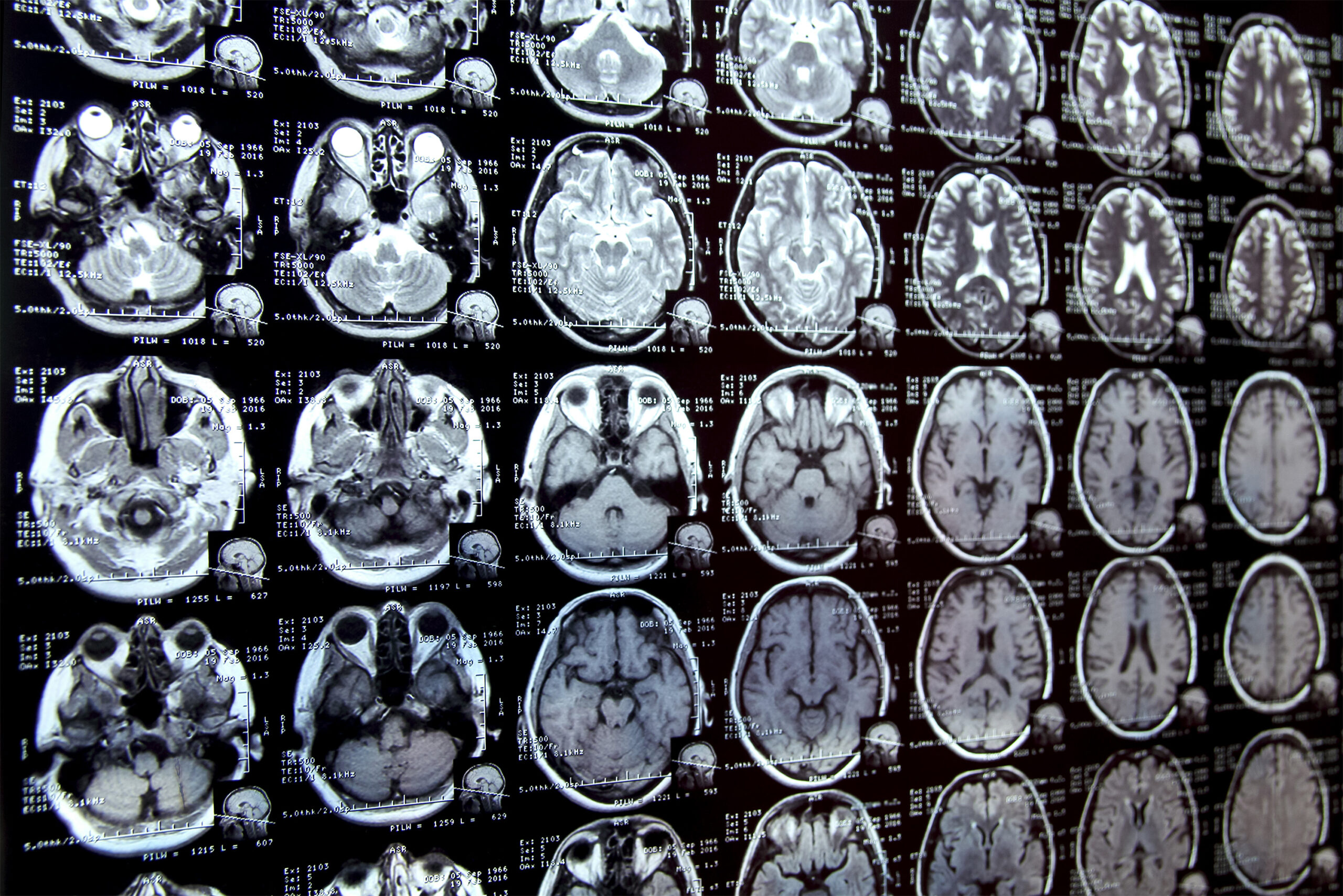Elon Musk’s Department of Government Efficiency (DOGE) is spearheading the development of a new AI-powered chatbot called GSAi, designed to modernize operations within the U.S. General Services Administration (GSA). This initiative aligns with President Donald Trump’s broader vision of integrating artificial intelligence into government operations to enhance efficiency and reduce costs.
🔍 The Purpose of GSAi
The GSA, responsible for managing federal office space, contracts, and IT infrastructure, employs approximately 12,000 people. GSAi aims to streamline their workflows, automate routine tasks, and provide data-driven insights to improve decision-making.
According to sources close to the project, the chatbot will also be used to analyze vast amounts of procurement and contract data, allowing for better oversight of government spending. This aligns with broader efforts to leverage AI in optimizing governmental operations.
🚀 Building AI In-House
While initial discussions explored using Google’s Gemini AI, the decision was ultimately made to develop a bespoke solution internally. This move ensures greater control over data security and customization tailored to governmental needs.
Thomas Shedd, a former Tesla executive now leading the GSA’s Technology Transformation Services, hinted at the project in a recent meeting. He emphasized the need for a centralized system that enables the government to analyze contracts more effectively, a move Musk’s team is fast-tracking.
📉 Cost-Cutting and AI Expansion
This initiative is just one part of a broader push by the Trump administration to integrate AI into federal agencies. The Office of Personnel Management, led by Musk loyalists, has encouraged employees to embrace AI-driven efficiency or consider leaving the workforce.
Beyond the GSA, similar AI-driven projects are underway within the Department of Education and other government branches. These tools are being used to analyze spending and improve departmental operations.
💡 Challenges and Controversies
Despite the ambitious rollout, not all government officials support these rapid AI integrations. Critics, including federal employees and labor unions, argue that the lack of regulatory oversight could lead to data vulnerabilities and potential misuse of resources.
The decision to build AI systems internally instead of using established platforms like Google Gemini raises questions about cybersecurity and efficiency. Historically, federal agencies have conducted rigorous security audits before adopting new technology, a process that may be bypassed in this accelerated initiative.
🔮 The Future of AI in Government
With Musk at the helm of AI-driven governmental reforms, the success or failure of GSAi could set a precedent for future federal AI adoption. If successful, it may pave the way for wider AI integration across government agencies, redefining how the U.S. government operates in the digital age.
As AI continues to shape governmental decision-making, its ethical implications and regulatory frameworks remain a hotly debated topic. This project, along with similar efforts across industries, underscores the growing role of artificial intelligence in shaping policy and administration.







